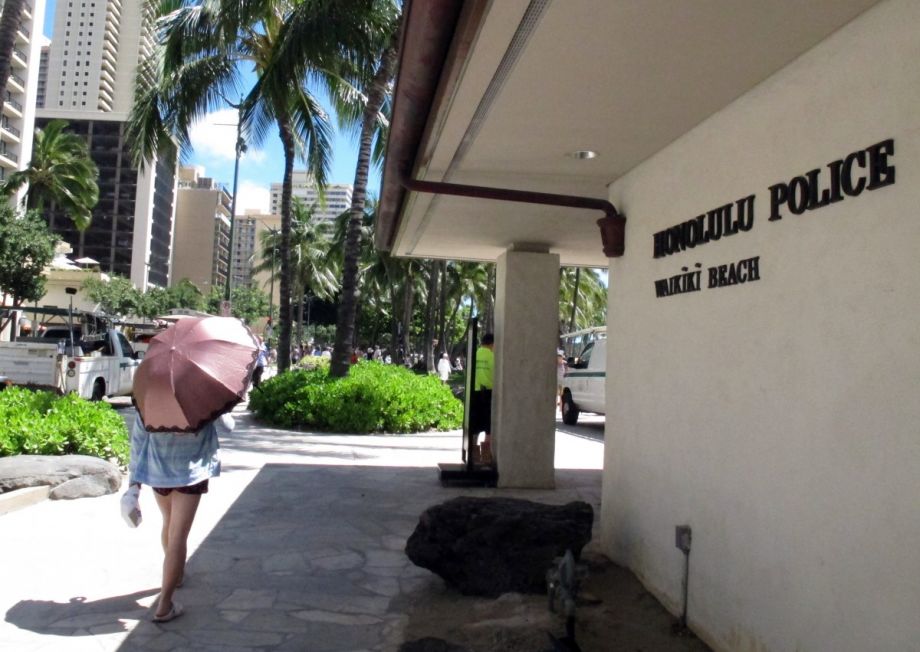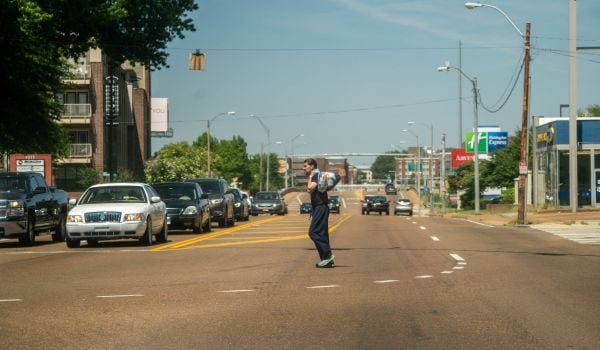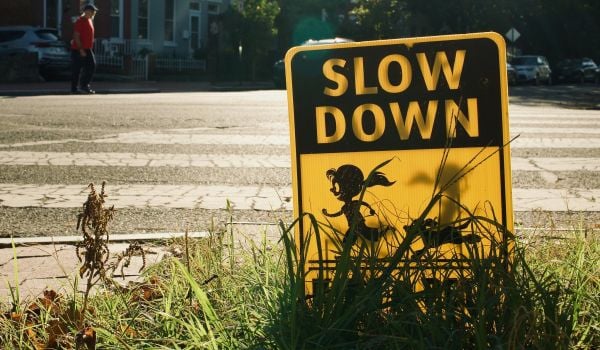Honolulu’s City Council voted earlier this month to begin fining pedestrians for texting while striding through a crosswalk. The new ordinance prompted us to wonder how the local police department would respond to a case of someone reading a printed book or newspaper while treading across the road. Would that constitute a legal transgression and prompt a $35 fine for the first offense?
Legal hairsplitting aside, there is no question that protecting walkers from errant automobile drivers is a worthwhile policy objective, particularly in light of the recent spike in pedestrian deaths. It is further notable that local law enforcement is on the lookout for drivers who are texting while operating a mobile two-ton machine capable of causing exceptional carnage.
The catch is that Honolulu’s law treats pedestrians and drivers in comparable terms. Automobile use is steadily and fortunately declining — but could be falling even more rapidly. The aim should be to encourage walking and bicycling rather than continually defer to a car-centric transportation system that, after a century of dominance, is waning in cities that value health, well-being and quality of life. Ongoing acceptance of an eroding status quo is prolonging the past rather than enabling the future.
Although the prospect of automobile-free streets is likely an unrealistic near-term goal for most cities, there is much that Honolulu could have done to enhance the safety of walkers. The first step would have been to acknowledge that customary planning priorities put pedestrians in an extremely vulnerable situation. Moreover, most design standards for walking infrastructure are implemented on a voluntary basis rather than proscribed by law or professional standards. From an engineering perspective, walkers are treated as incidental users of streets and their safety is only considered after the needs of cars have been addressed.
Young children, the elderly and the physically impaired face unique challenges related to dexterity, speed, vision, and hearing. Treating pedestrians — sidetracked or otherwise — in the same way as automobile drivers is to disregard the extraordinary deference that we already extend to cars. While perhaps well-meaning, the new ordinance tacitly blames defenseless pedestrians for the hazards of poorly designed streets. Public safety researchers regularly rank overly wide streets, poor signage, rapidly changing traffic signals, lack of walkways and allowing cars to take right turns on red as the most significant factors in accidents involving pedestrians.
Many cities — including the particularly prominent examples of London and New York — have made commendable progress reducing injuries and fatalities among pedestrians and bicyclists. They’ve accomplished this with strategies including police-protected routes, wider sidewalks, shorter crosswalks, traffic signals that prioritize walking, more rigorous (and rigorously enforced) speed limits, and prohibitions on the use of private cars near schools and other districts at specified times of the day.
The recent public response to the increased incidence in pedestrian casualties in Honolulu is short-sighted, fails to assign responsibility where it rightfully belongs, and isn’t supported by empirical evidence.
Maurie J. Cohen is professor of sustainability studies and director of the Program in Science, Technology, and Society at the New Jersey Institute of Technology. Esther Zipori is a PhD student in the NJIT/Rutgers University Urban Systems Program.
















